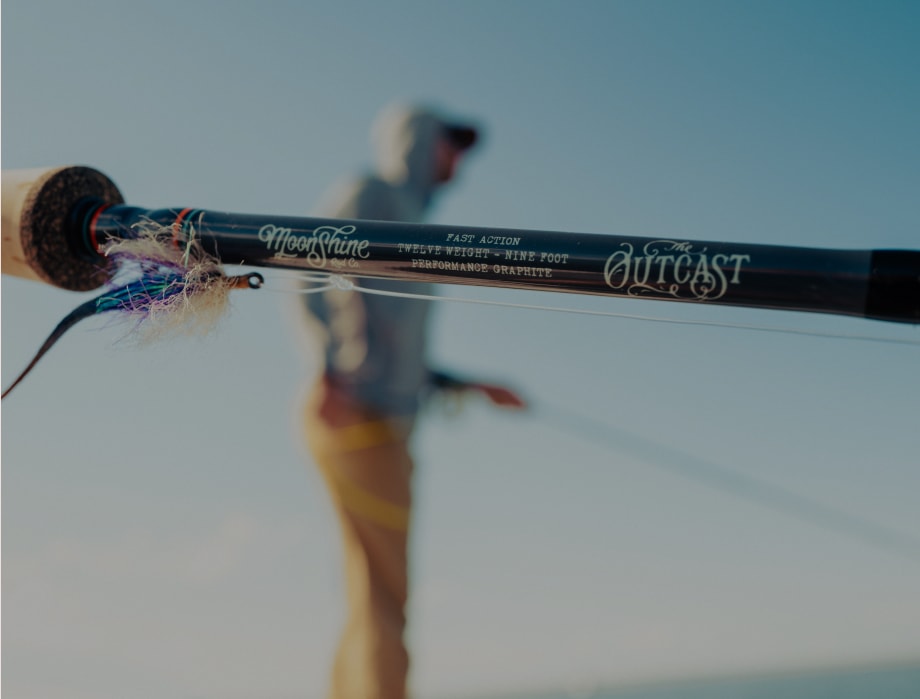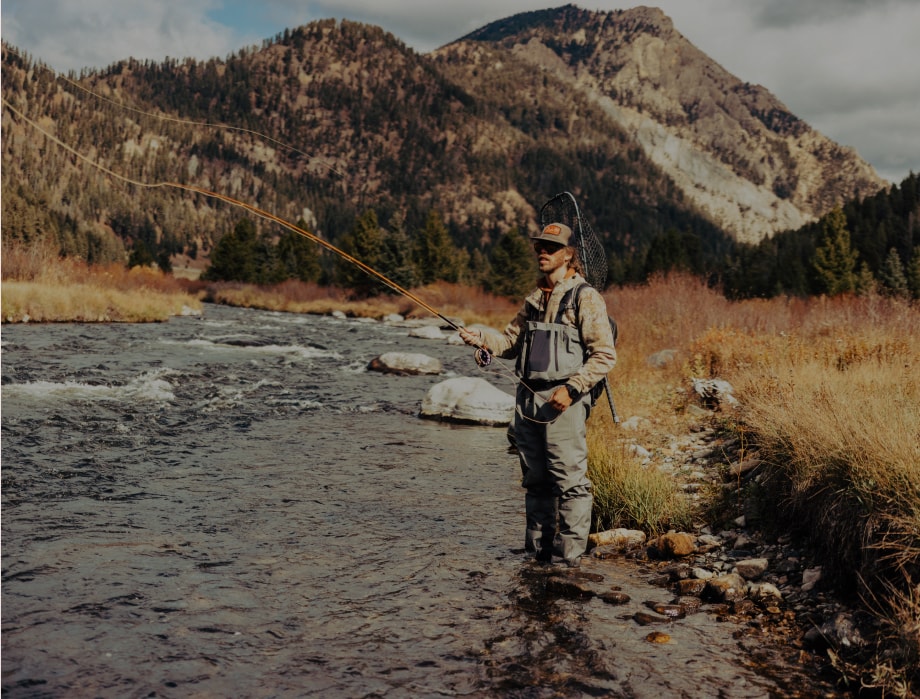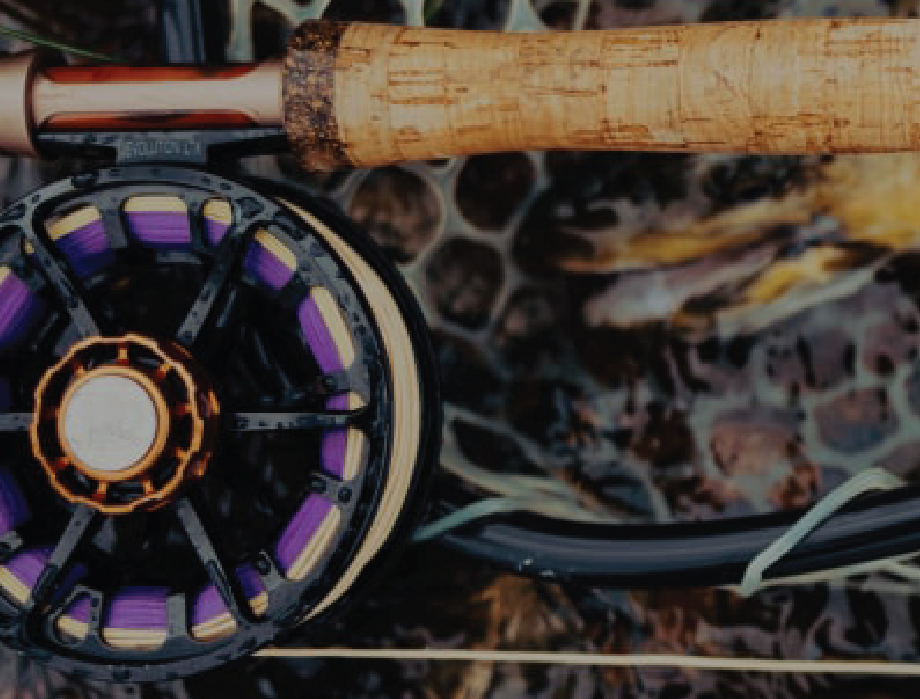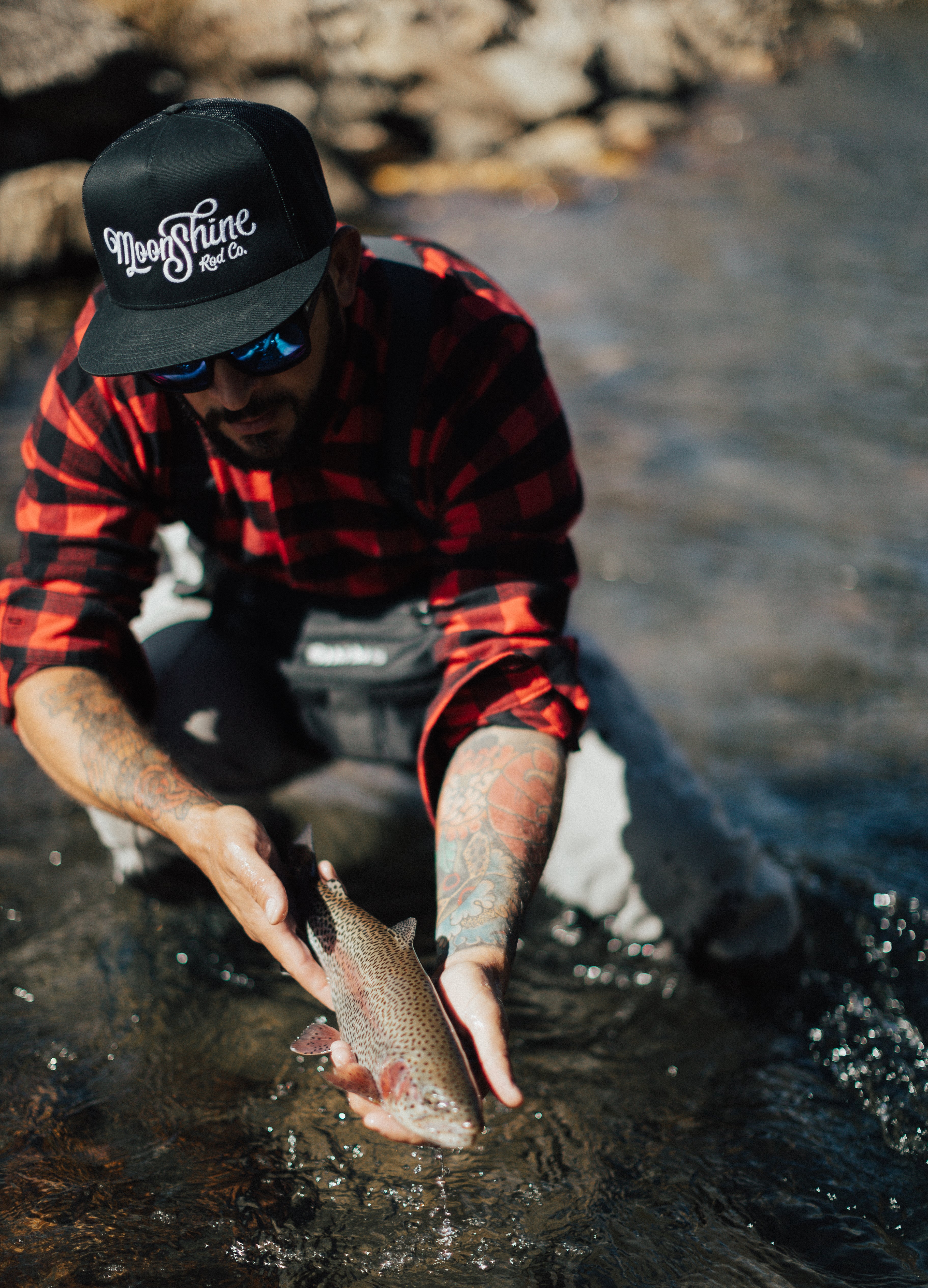Breaking a fly rod is like a rite of passage for most anglers. If you’ve been fishing for any respectable amount of time, it’s bound to happen—otherwise, you’re probably not fishing hard enough. That being said, it’s not exactly a fun experience. Nobody wants to end their day because a rod got broken so we highly recommend avoiding it altogether.
There are a few things you can do to limit the amount of times you encounter this scenario, so we’ve put together a list of “rules” you can follow that will keep you fishing longer and filling out less warranty forms (more on that later).

Pick a Spot
Just about any fishing excursion starts with this scenario: You unpack your fly rod, put it together, and lean it against the car to continue getting ready. This scenario probably also accounts for the majority of broken fly rods, too. Save yourself a lot of heartbreak by picking out a spot where you’ll leave your fly rod every single time. Don’t stray from it. Make it a habit.
Once you get into a rhythm, you’ll know where your fly rod is and you’ll be able to keep it away from car doors, clumsy friends, bigfoot, or whatever. And, if you’re a true trout bum who has some extra cash on-hand, then maybe a roof rack is the way to go. It’ll keep your rod off the ground until you really need it.
Hone Your Cast
Once you’ve survived the car experience, you’ve dodged the biggest hurdle. But, you haven’t escaped a fly rod’s next two nemeses—heavy flies and tree branches. For the former, open up your cast with a wider arm to prevent smacking your rod with a sculpin fly that’s going to do major damage. For the latter, mind your backcast and make sure you’re not going to double-haul against a tree branch you just hooked into. If you can keep these things in mind, you’re well on your way to an intact fishing rod.
Choose Wisely
Once you’re up and fishing, away from all tree branches and unsuspecting bystanders, you should be all set as long as you’ve got the right rod for the job. If you’re throwing heavy flies with a 3-weight, you’re setting yourself up for heartbreak. And, if you’re targeting king salmon with that same fly rod, that poor pole isn’t making it off the river alive. Make sure you have the right rod for the job and use heavier weights for big flies and big fish.
Keep Your Cool
When the inevitable does happen and things go wrong, it’s always a good idea to keep your cool. Fly rods tend to get broken when things get out of control, so do your best to stay in control. If you snag a tree on the opposite bank don’t whip the rod back in frustration, or if you lose the fish of a lifetime don’t throw it on the ground, either. Probably the hardest rule to follow is this: Do your best to avoid casting and wading at the same time. It’s an easy trap to fall into when you’re caught in the moment, but you’re probably going to slip and you don’t want that new fly rod to break your fall.

Be Friendly to Ferrules
Once you’ve gotten your full day of fishing in, don’t be surprised if your ferrules (the part where the rod sections fit together) are fitting a little bit tight. They tend to collect dirt, sand, and grime over time and get a bit stuck together. First, try keeping your hands farther apart on the rod than you’d normally place them and pull evenly from both sides. Don’t pull close with your hands close together because you’re unknowingly putting torque on the rod, which could make things more difficult or even lead to a break.
If that doesn’t work, find a friend and try this technique: Each of you stand facing each other and put one hand on the opposite side of the ferrule, and then put another hand on your side farther down the rod. Pull hard and evenly at the same time and that should do the trick. To avoid this situation altogether, do your best to clean out female ferrules from time to time with a q-tip.
Keep ‘Em Dry
Graphite and fiberglass are very resistant to water, but cork and wood aren’t so much. So, before you store your rod for the next day on the water, dry it off with a cotton rag or T-shirt. If the cork handle is very wet, let it dry for a few hours before you store it in its bag. If stored wet, mildew can begin to form on the organic materials, which will break them down over time.
Don’t Sweat It
The last, and more important, rule is to not worry so much about it. Nearly every Moonshine Rod comes with an extra tip for situations just like this, so you can keep fishing even if you break a rod (which most commonly occurs at the tip). Also, with our “No Fault” Lifetime Warranty we don’t cast judgment on unlucky anglers. We understand because we’ve broken our share of fly rods too. Just fill out our warranty form, make a small payment, and we’ll get your rod replaced or repaired in no-time.











3 comments
Dick Rochelle
Great job. Would like to add another Don’t forget to pack it off the truck at the end of the day and don’t drive off without it. I just did that in Maine Went back to look for it at midnight and it was gone. Someone found it with a broken tip and tracked me down to tell where they put it and when I went to find it someone else got it. You have identified great insight. Thanks
John Caffey
Of course we know all this, but we guys seem to blame everything but ourselves and breaking something seems to be the result. My moonshine rod is one of my favorite possessions, so breaking it would seem natural. Seriously, all7 make sense so does a second tip. Thanh
John caffey.
Chris F. Harrelson
Very informative…Thank you for sharing…I’m sure these practices will reduce my chances of mishaps! Love my Drifter II rod and Creede reel!
Leave a comment
All comments are moderated before being published.
This site is protected by hCaptcha and the hCaptcha Privacy Policy and Terms of Service apply.